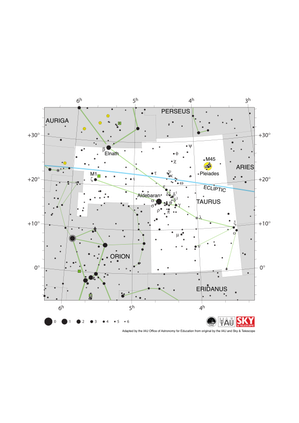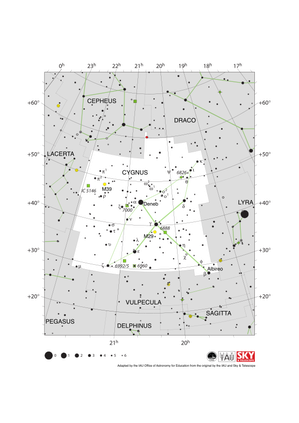Glossary term: Supernova Remnant
Description: A supernova remnant is the structure remaining from a supernova explosion. It consists of a huge structure of hot gas and plasma created by the shock of the supernova. In many supernova remnants the black hole or neutron star created from the star that exploded in the supernova is also present although in some this has been ejected by the force of the explosion.
The explosive energy of a supernova results in a shockwave that impacts on the surrounding interstellar gas. This shock heats and ionizes the surrounding gas to extremely high temperatures (over a million kelvins). This hot gas emits light across various wavelengths, including being a significant source of X-rays. The shock also accelerates particles to high velocities, making supernova remnants a significant source of cosmic rays.
By looking at how fast a supernova remnant is expanding, astronomers can estimate how long it would take to reach its current size. This allows astronomers to determine approximately when the supernova exploded. Several large supernova remnants in the Milky Way have been dated this way and linked to supernovae which were observed by astronomers hundreds of years ago.
Related Terms:
See this term in other languages
Term and definition status: This term and its definition have been approved by a research astronomer and a teacher
The OAE Multilingual Glossary is a project of the IAU Office of Astronomy for Education (OAE) in collaboration with the IAU Office of Astronomy Outreach (OAO). The terms and definitions were chosen, written and reviewed by a collective effort from the OAE, the OAE Centers and Nodes, the OAE National Astronomy Education Coordinators (NAECs) and other volunteers. You can find a full list of credits here. All glossary terms and their definitions are released under a Creative Commons CC BY-4.0 license and should be credited to "IAU OAE".
If you notice a factual error in this glossary definition then please get in touch.
Related Diagrams
Taurus Constellation Map
Credit: Adapted by the IAU Office of Astronomy for Education from the original by IAU/Sky & Telescope
License: CC-BY-4.0 Creative Commons Attribution 4.0 International (CC BY 4.0) icons
Cygnus Constellation Map
Credit: Adapted by the IAU Office of Astronomy for Education from the original by the IAU and Sky & Telescope
License: CC-BY-4.0 Creative Commons Attribution 4.0 International (CC BY 4.0) icons










